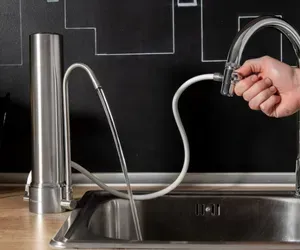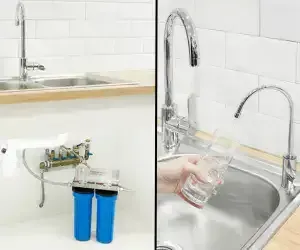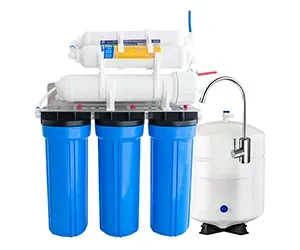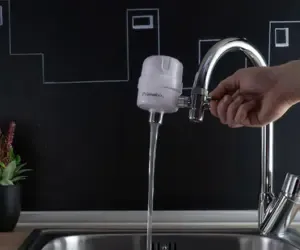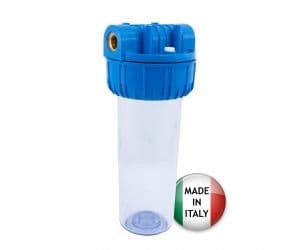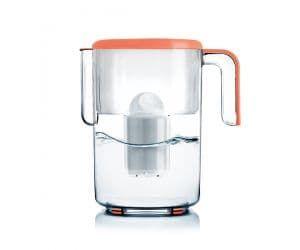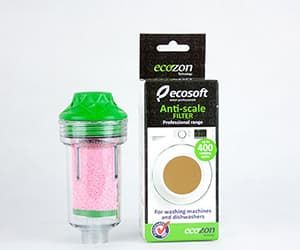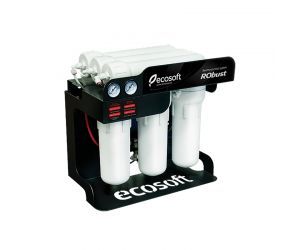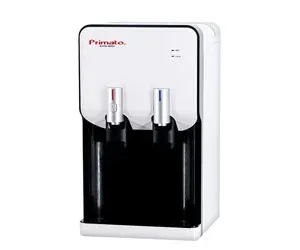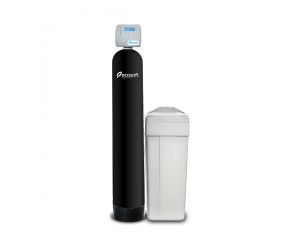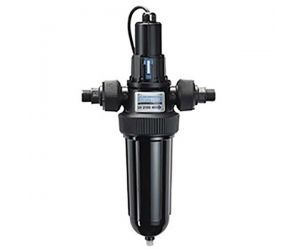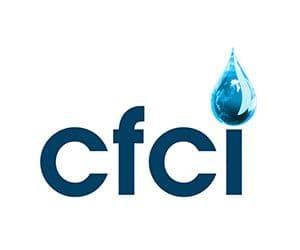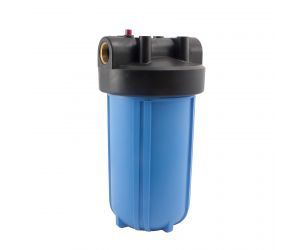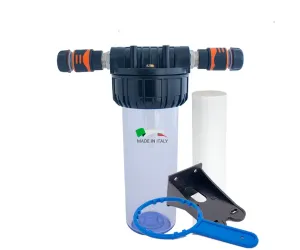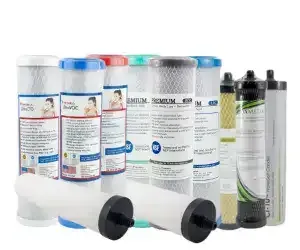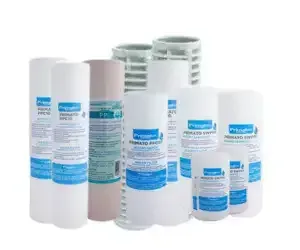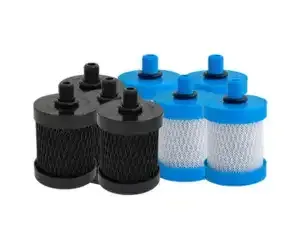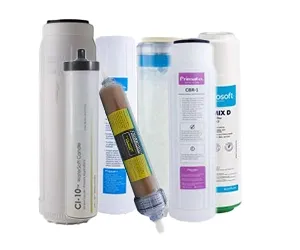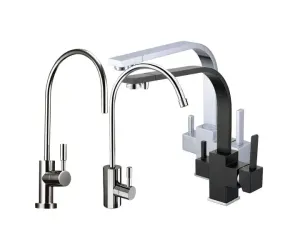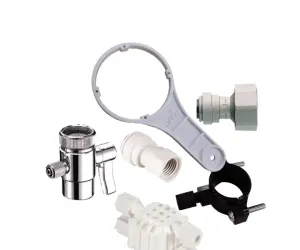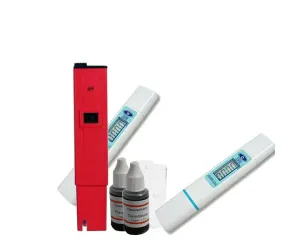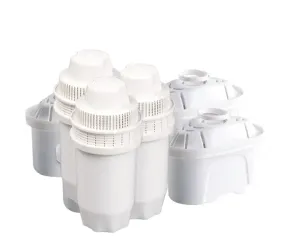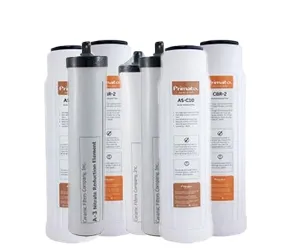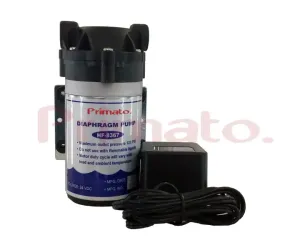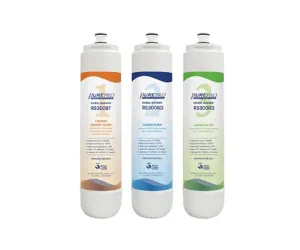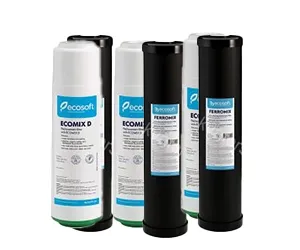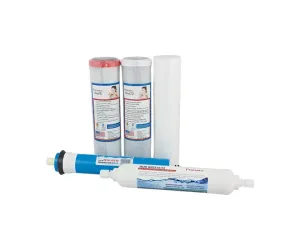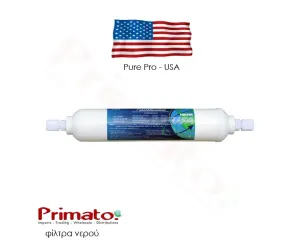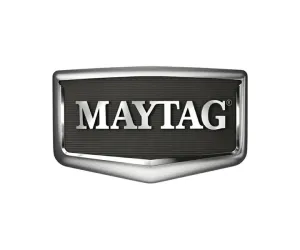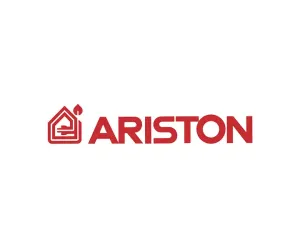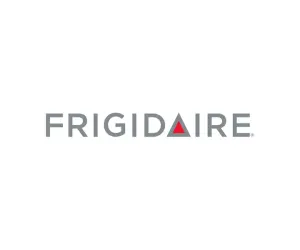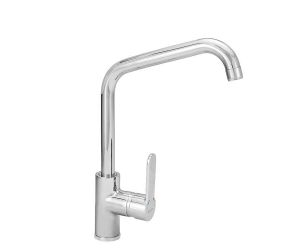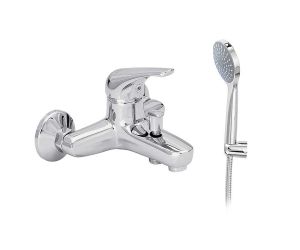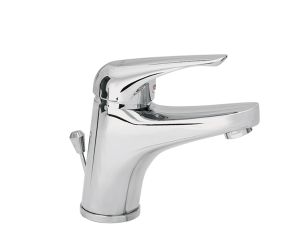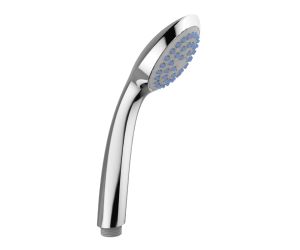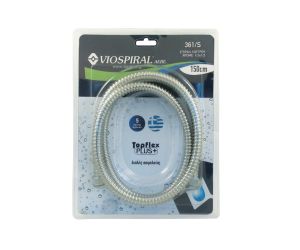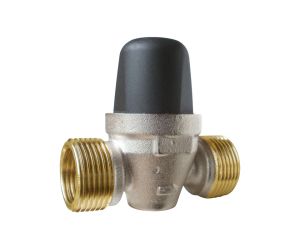Is there lead in the water we drink?
What is lead:
Lead is a heavy metal that is normally found in the earth's crust. It has been used in a number of household products.
Where can lead be found?
Most houses built before 1978 are painted with lead-based paints. Lead is also found in old water pipes. Thus, through corroded piping, it can invade our home.
Lead, in addition to water and paints, can be found in the air and food. Lead levels in the air have fallen sharply since the 1970s, when its use in gasoline was banned.
The U.S. Environmental Protection Agency (EPA) says older homes are more likely to have lead piping, but even newer constructions may have lead piping up to 8%.
A study published in 2002 in the "Environmental Health Review" showed that drinking tap water accounts for 14% to 20% of our total lead exposure.
How dangerous is lead?
More than 4% of children in the United States have been poisoned by lead. The rate is higher in large cities and among low-income people.
High levels of lead in the body can cause problems in the brain, kidneys and bone marrow. Symptoms of high levels of lead may include abdominal pain, headaches, vomiting, confusion, muscle weakness, convulsions, hair loss, anemia, lack of attention, problematic behavior, learning disabilities and decreased IQ.
How to protect your children:
If your house is old (before 1978), scrape the walls to remove the old paint and repaint it with non-lead one. Wear a mask while scraping it and make sure there are no children nearby.
Replace the water pipes of the house with new ones (preferably plastic ones). For safe drinking water results, choose a water filter that reduces lead. Contact us for more details.
See the prices of our filters that purify your water
Copyright 2014, Primato Hellas, +30 2310 383 588
Recent posts
- The Future of Water: How Primato Filters are Pioneering New Standards in Water Safety
- Primato's Journey at Aquatech Amsterdam: Building Bridges and Expanding Horizons
- The Journey of Water: From Source to Tap - Understanding the Filtration Process
- What are three way water filter taps?
- Shower water filters
- Commercial water filters for hotels, restaurants and cafes
- The reason why more and more people prefer undercounter water filters
- Zeolites in water treatment
- The water supply network of Athens
- The whole truth about water filters
- Russian water filters with aragonite - Purchase guide
- Choosing and buying a countertop water filter
- I live in Athens. Do I need a water filter?
- Water Filter Prices: Full Guide
- Does filtered water help with allergies?
- 10+ reasons to add more water to your lifestyle!
- Zeolite: A natural mineral in the service of water filtration
- Thessaloniki Water: From the source to the glass
- Meet the Greek Water Filters Manufactured in Thessaloniki
- Water Filters with Zeolites
- Turning a coconut into activated carbon
- Thessaloniki: Which Are The Best Water Filters?
- Tap water in Greece: Is it safe? The problems and the solutions
- How to Choose the Right Replacement Filter
- Ultra filtration and Hollow Fiber Membranes explained
- How hard is water in Thessaloniki?
- Whole house water filter cartridges - How to choose the right one!
- Countertop water filters - What to look for before I buy
- Do I need a water filter if I live in Athens?
- Everything you need to know about tap water filters
- Under-sink water filters - Everything you need to know
- Reverse Osmosis - What is it and how it works
- World Water Day - 22 March
- Primato goes sailing!
- What are water filters?
- Reverse Osmosis - Perfect for islands, drilling water and aquariums
- What is the activated carbon found in our water filters?
- Arsenic in the Water - The ubiquitous venom
- Hexavalent Chromium - A Carcinogen That Should Be Reduced Immediately!
- Paranoia of alkaline water - Understanding PH
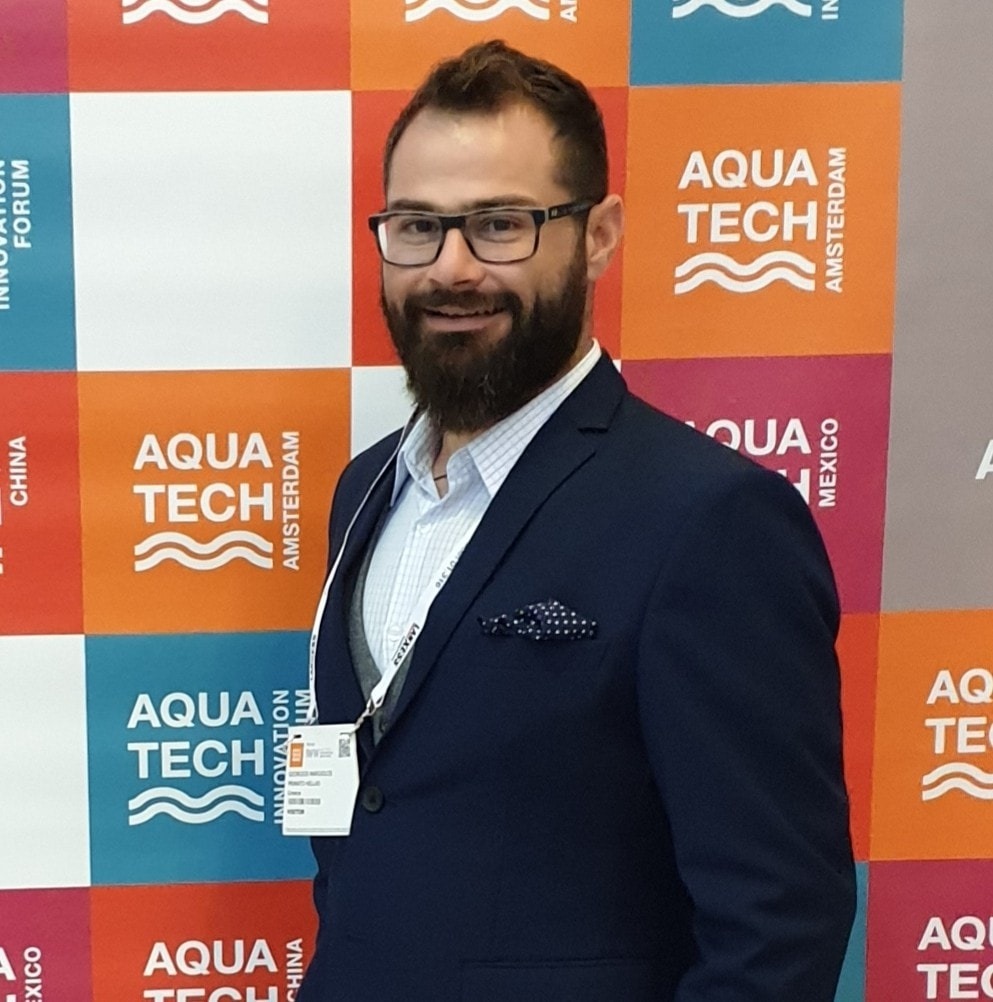
George Margiolos
George Margiolos was born in Thessaloniki and has graduated from the Department of Marketing of the Alexandreio Technological Educational Institute of Thessaloniki. He is fluent in English and (not so fluent) in German.
Ηe has been Project Manager at Avery Dennison - Fastener Division in the UK. There, his main project was to redesign the company's products into new applications so as to become more environmentally friendly. In combination with the fact that in the UK people are more familiar with water filters, he has developed a love for environmentally friendly water filters, which reduce the use of plastic bottles and improving people's quality of life.
Since 2008, he has published over 300 unique educational and informative articles on water filters and new water treatment technologies.
Occasionally, universities and doctoral students request to use George Margiolos' articles in their research because of their quality and uniqueness.
